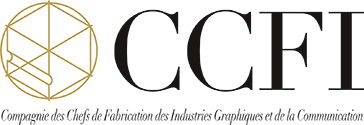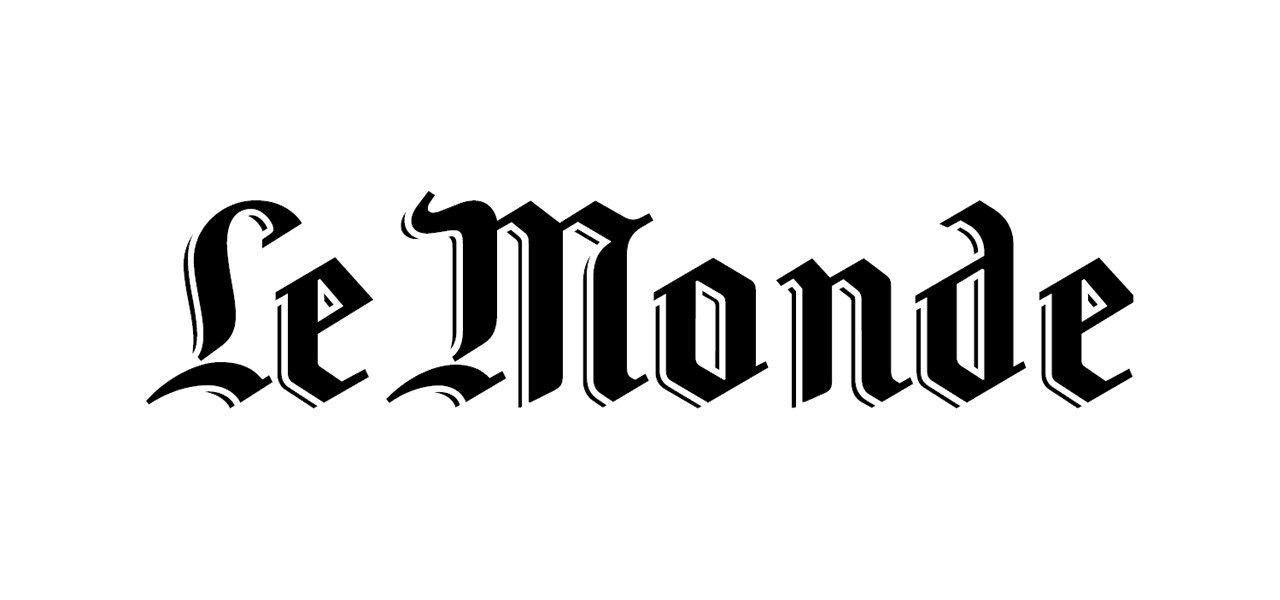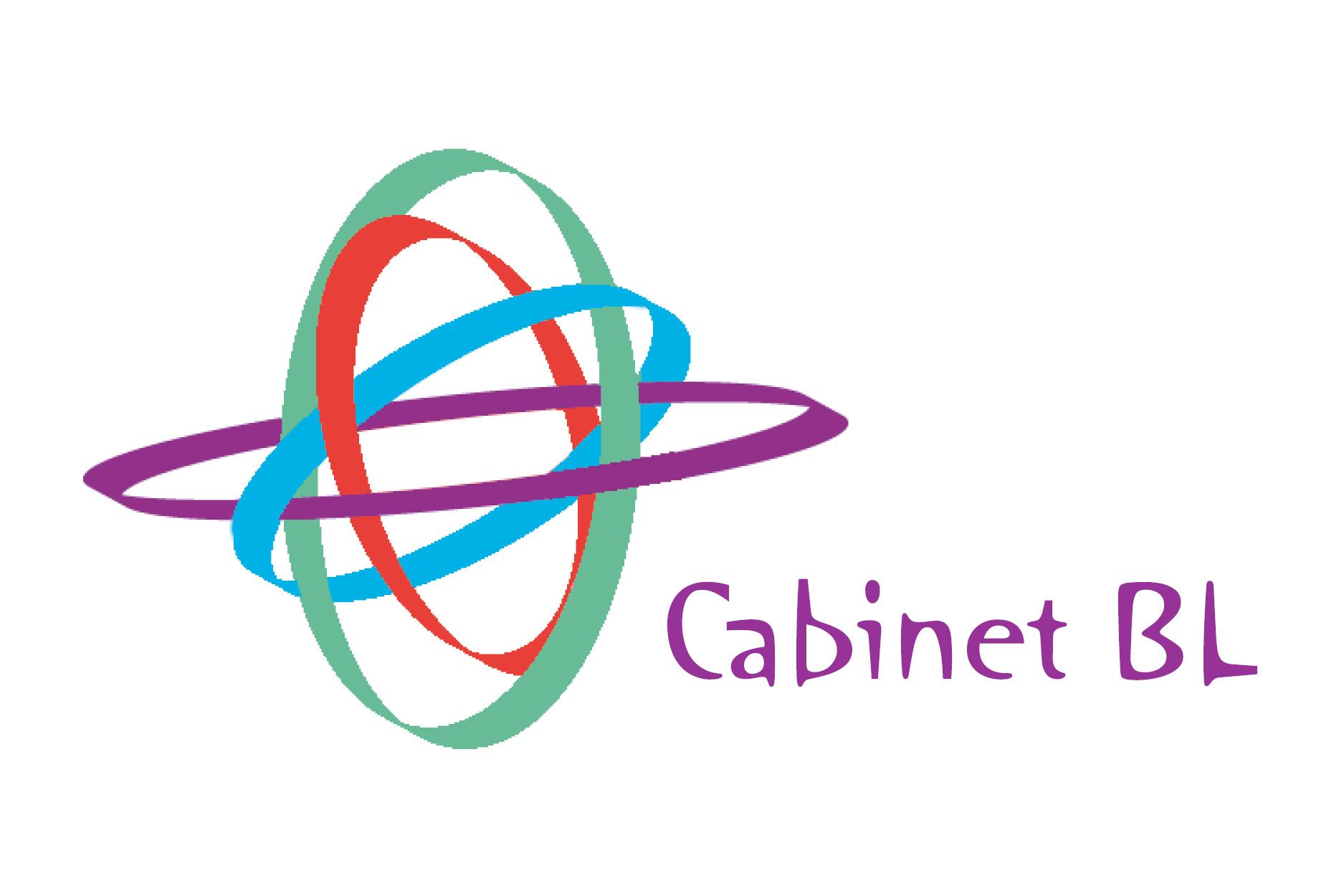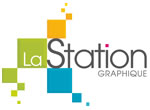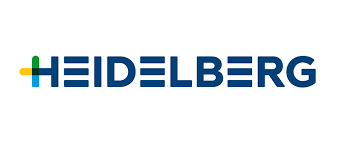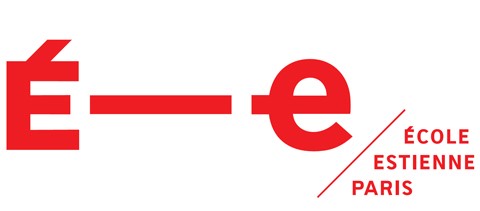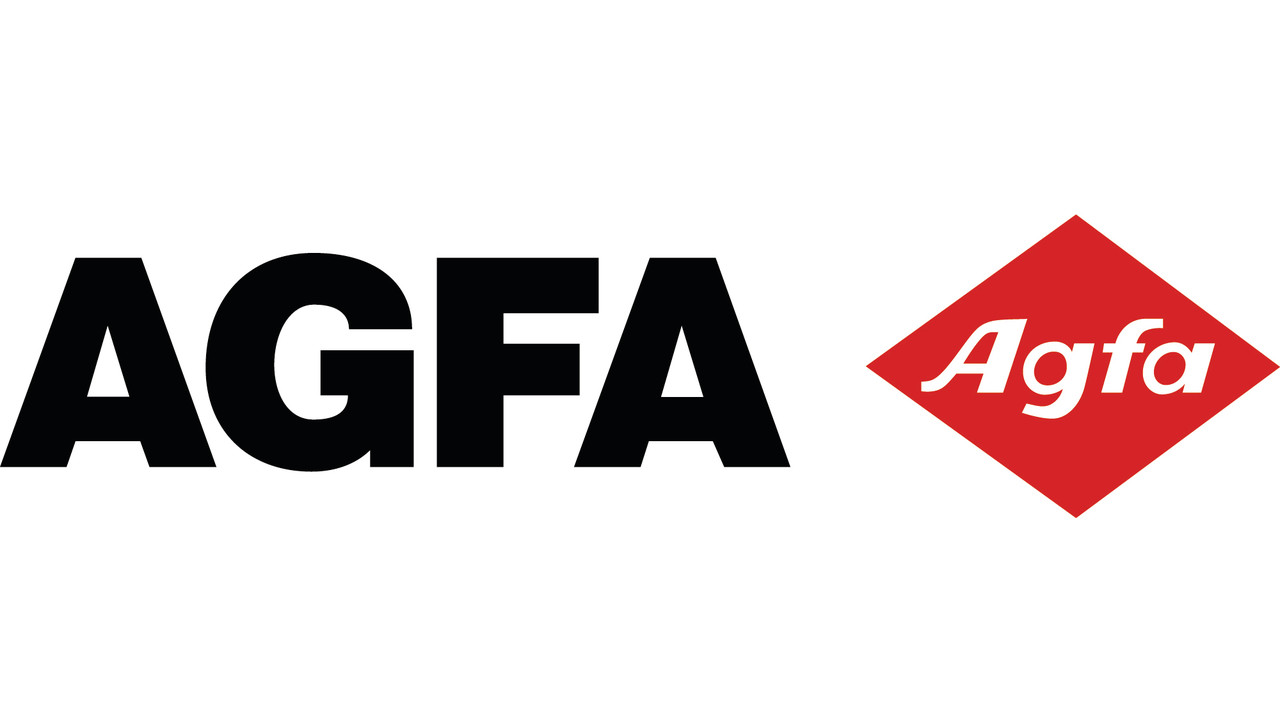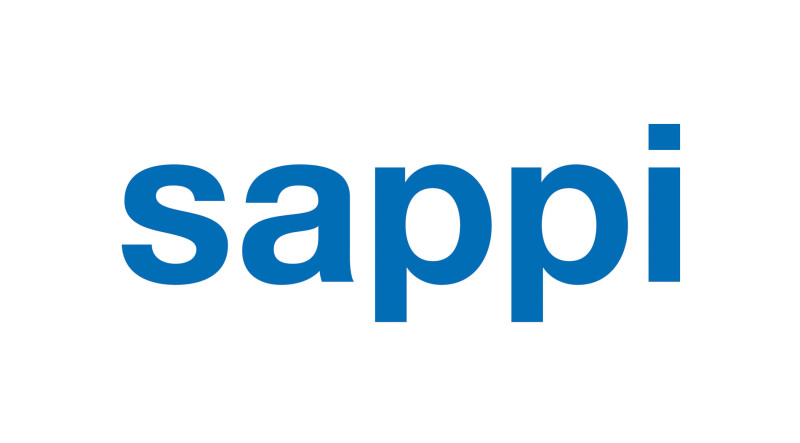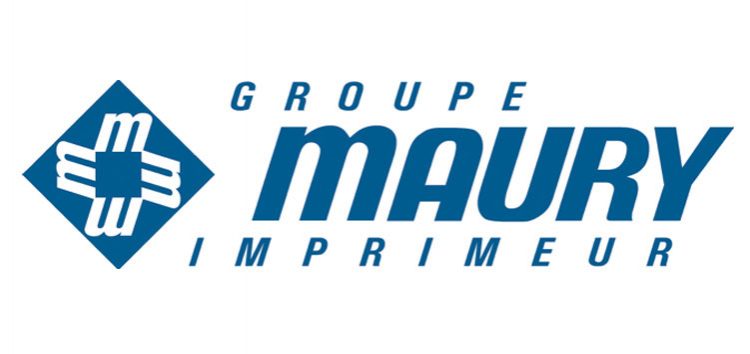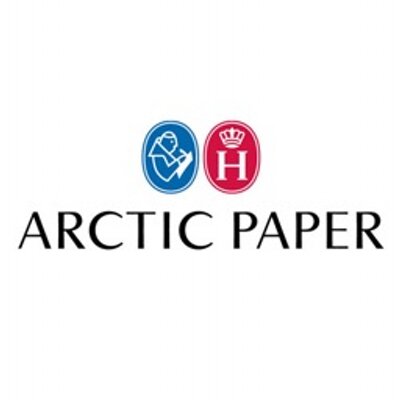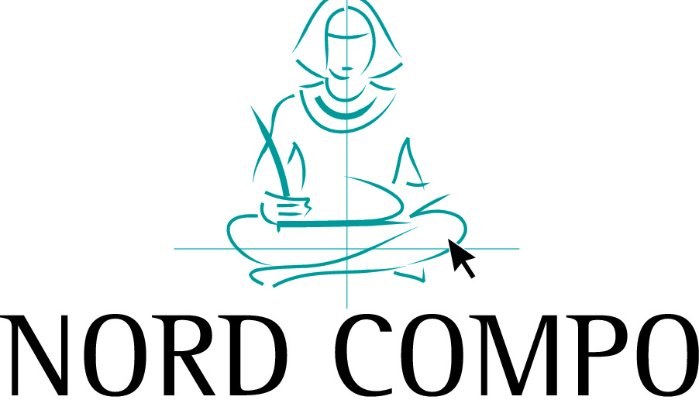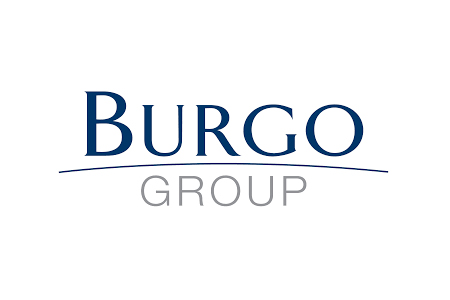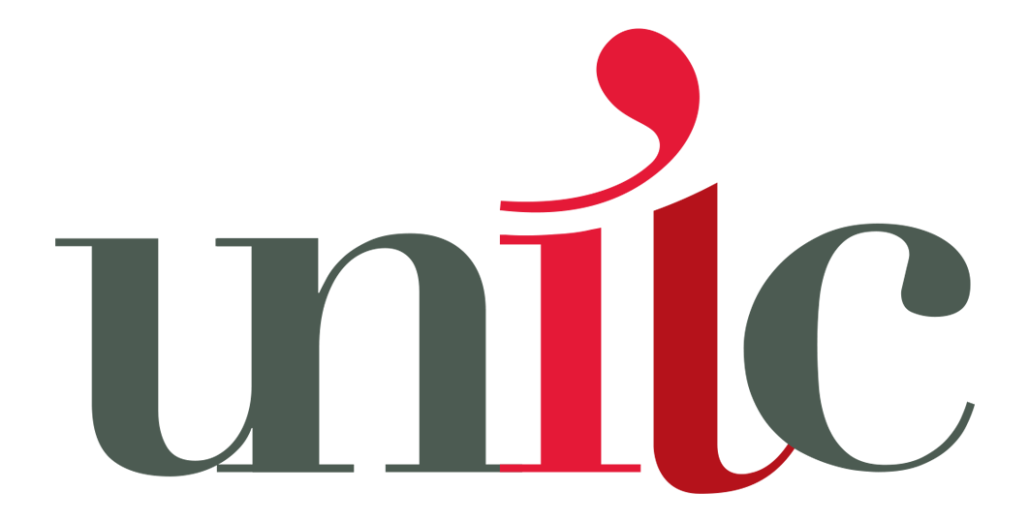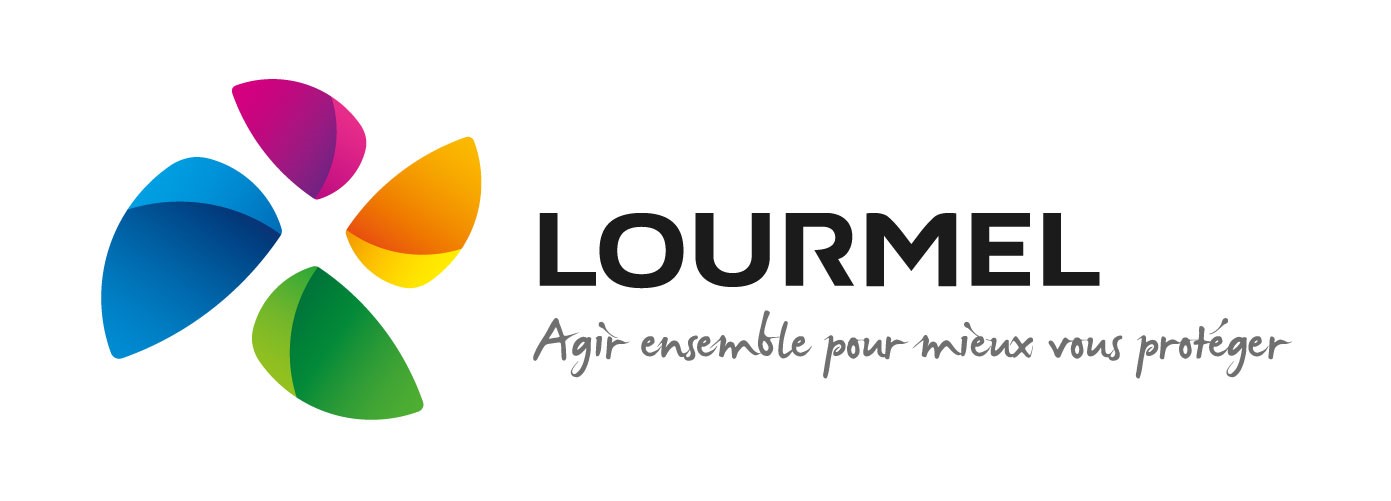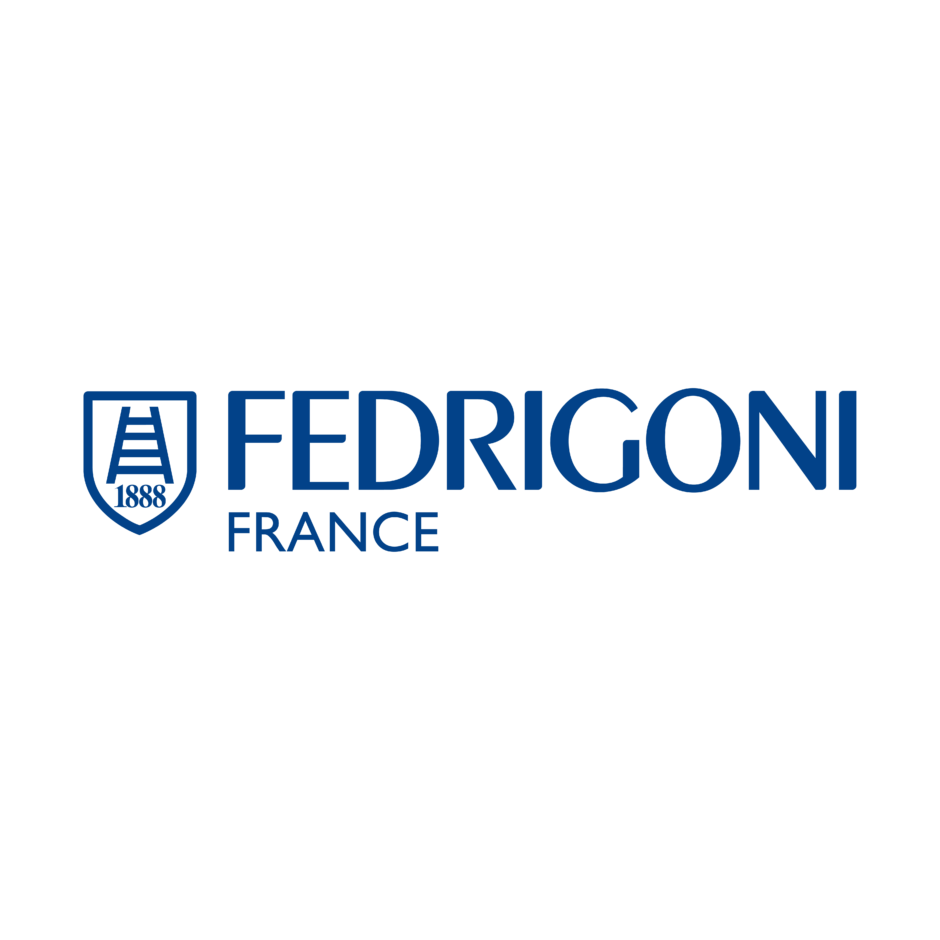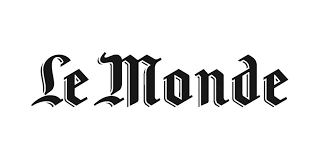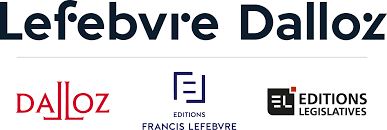The Audiencers: Six months ago, Le Monde launched in English. What was the context of starting this project?
Arnaud Aubron: We launched on April 7th, 2022, just before the French presidential elections with the idea that this would be a good springboard. I arrived at Le Monde in October 2021 (I was previously Head of Courrier International), and that’s when the project really started to take shape, but Le Monde had been thinking about having an English version for about ten years. It was only really made possible thanks to AI translation developments.
What are the revenue goals of this English version? Expand your prospect market to include subscriptions?
Yes, precisely. Whilst Le Monde is the leader in the French digital subscription market, we don’t really know how much more market potential there is, so progression is limited. But obviously, with the English version, we can target the billion English speakers around the world. Our new competitors, such as The Guardian and The New York Times, are already developing a lot outside of their own countries – for instance, only 20% of The Economist’s readers are actually in the UK.
Do you also monetize from advertising?
That’s not a primary goal of ours – we’re focussing more on our subscription model that is by far our main driver of growth. Having said this, for the launch, we had 3 exclusive advertisers on the site: Air France, Qualcomm and Moncler. The ads were of course in English. We’re now opening up to other advertisers.
Do you have any other goals?
We’re of course looking to increase Le Monde’s international reach, something that previously wasn’t possible with only the French version.
The additional product also enriches our subscription offer, allowing for upselling to some of our existing subscribers, switching them to a more complete offer with a higher price point. This, naturally, will also allow us to increase loyalty for existing and future subscribers who will have access to the English and French versions.
Let’s talk about content production. Is all of Le Monde’s French editorial translated?
Le Monde FR publishes roughly 100 articles a day.
For the English version, we don’t translate live feeds and dispatches (we’ll use AFP and AP services for this, producing it directly in English). We’ll also leave out the articles that aren’t relevant or interesting to non-French readers, such as dates for the start of the school year, etc.
This leaves about 30-40 articles left that were originally published on LeMonde.fr and will be translated into English.
How do you produce this English version? What is the copy circuit? Have you hired a dedicated team?
When an article is ready in French, it’s sent directly from our French backoffice to the English one. It’ll then be automatically translated by a machine, before being proofread by a professional translator (from external agencies) and then proofread again by a native English-speaking journalist who is part of Le Monde’s internal team.
For this project, we recruited 6 people in Paris and 2 in Los Angeles
Do you produce any content directly in English, exclusive to this version?
We had two columns produced directly in English by Gilles Paris, our Washington correspondent, on the French presidential elections and Midterms, but these were two exceptions. We don’t produce directly in English.
Which internal departments worked on the project?
This project primarily involved the technical teams – with record-breaking speed they created a mirror version of the French site with its own back office, a copy and paste of the Sirius FR.
The editorial team considered what content we’d be translating, and which audiences we were targeting.
Whilst the marketing team defined our targets and goals for the project.
What exactly does the “in English” offer contain? Only editorial or also other services and games?
For the moment, only editorial. We also offer French language courses, but these aren’t reserved for Le Monde subscribers, it’s a separate (paying) product.
However, we will very likely develop specific services in the future, as we do on the FR site.
What was the most challenging part of launching this version?
Above all, the most challenging aspect of this was figuring out how it would all work on a day-to-day basis, optimizing the translation circuit so as not to wait too long for English copies of French content.
To do this, we work with 2 American agencies, organizing different translation deadlines – some needing to be ready in a few hours, others in 1 day or in several days for cold content, such as summer series.
Some publishers, including El País or 20 minuten in German-speaking Switzerland, translate directly with AI without a human to check the translation, but these are free sites financed by advertising. At Le Monde, we employ a subscription model where users have to pay to access. For this reason, we have to offer perfect translations.
How much of your total traffic does the English version represent today? And where does your English audience come from?
I would say that about 10% of the increase in our new subscribers is on Le Monde in English.
Just looking at the English version, one third of our audience and two thirds of our subscribers are in the US. It’s clear for us that this market is more mature and ready for digital subscriptions.
Our market is therefore very American. We did have some surprises – we thought the East Coast would bring the biggest audience, but in fact we have the greatest traffic from California, then New York, then Texas, which has been the case since we started. The UK is next, then Canada. Germany, Italy, and Spain are next, and India has started to appear over the last month.
What is your distribution strategy for English content?
We’ve formed partnerships to help increase our reach, notably with The New York Times in April – specifically, we offered any NYT subscribers who were interested in France a promotion on our subscription and, conversely, we offered French subscribers a promotion to subscribe to the NYT. We did a similar deal with Monocle and are now negotiating with other publishers and non-publishers.
Le Monde may well have a good reputation internationally, but how do we make it known that we now have an English version? That’s our challenge. When other publishers quote us, the NYT and the Guardian for instance, they link back to the article in French, which must be frustrating for readers who then have to switch languages. That’s why one of our current projects is to ensure that for browsers with English settings, readers can switch directly to the English version of an article when it exists.
We also have syndication deals where Le Monde sells its articles to the foreign press. We hope that this activity will be boosted thanks to our English version.
What impact has this launch had on the company’s global audience?
Given the already global audience of Le Monde’s site, we’ve not yet seen any significant impact, but we have seen a large increase in the share of visitors, particularly in the United States.
Have you found any differences in behavior between the FR and EN audiences?
For the moment, we have a higher level of engagement on the EN site than on the FR one (is this the early adopters effect or just that readers are very convinced by our offer?). The EN newsletter is sent 3 times a day (always in the morning for Europe, America and Asia) and this has the highest CTR of all newsletters. We also noted a better reading time on the English version than on the French one.
The audience is slightly less mobile than the French version, and we’re seeing a lower share of direct traffic compared to a higher share of traffic from social media.
What has been the impact on subscriptions?
The EN paywall works better than the FR paywall, but it’s a bit early to make any conclusions. Our thoughts at the moment is that this traffic coming from the US is more mature, and therefore converts fairly easily.
Our main challenge is to make this new offer known, but once we get it right, the wall converts well. It’s clear that the market is more mature.
What impact has this project had on the French editorial staff?
In particular, it’s had an impact on our 70 correspondents across the world who can now be read in most countries. It’s very beneficial and interesting for them.
But it’s Elvire Camus, editor-in-chief of “Le Monde in English”, who decides what is translated or not. This decision isn’t left to the French editorial staff.
On a daily basis, how many members of staff does this involve?
4-5 people a day internally (8 FTEs), translators from the agencies, 2 people on the marketing side (audience and subscriptions), a little tech and all the departments that spend time on the site.
Is your investment expected to increase or decrease in the coming months?
We’ve found a good cruising speed where we’re acquiring a decent number of subscribers with the amount of content we’re producing. So we’re maintaining investments
Are the teams working on the English version in a separate silo or integrated into the management of the global site?
They are totally integrated. The EN editorial team comes after the FR editorial team, but otherwise all the teams are part of the global digital team. Our reporting, performance monitoring, etc. are included in the global internal steering committees.
What’s next for Le Monde in English?
1/ Having “Le Monde in English” on our app, planned for the 1st quarter of 2023
2/ Presence on Apple News in the United States, United Kingdom, Australia & Germany
3/ Redirecting American IPs with an English browser to the “in English” version
4/ Develop media partnerships to recruit subscribers and gain exposure
And what about paper?
Nothing is planned for a paper version. We did a special issue of M in English and French, but we don’t have any new projects in that direction.
Overall, are you happy with your launch?
Yes, very happy! The quality of the site and translations are great and feedback after a satisfaction survey is very good. So it’s definitely a success.
We have continued growth of audience and subscribers, so we’re optimistic for the future. Internally, we are proud of the fact that we can now address half of humanity.
Elvire, our editor, recently told us:
It’s as if it was obvious that we had to do this project”.
